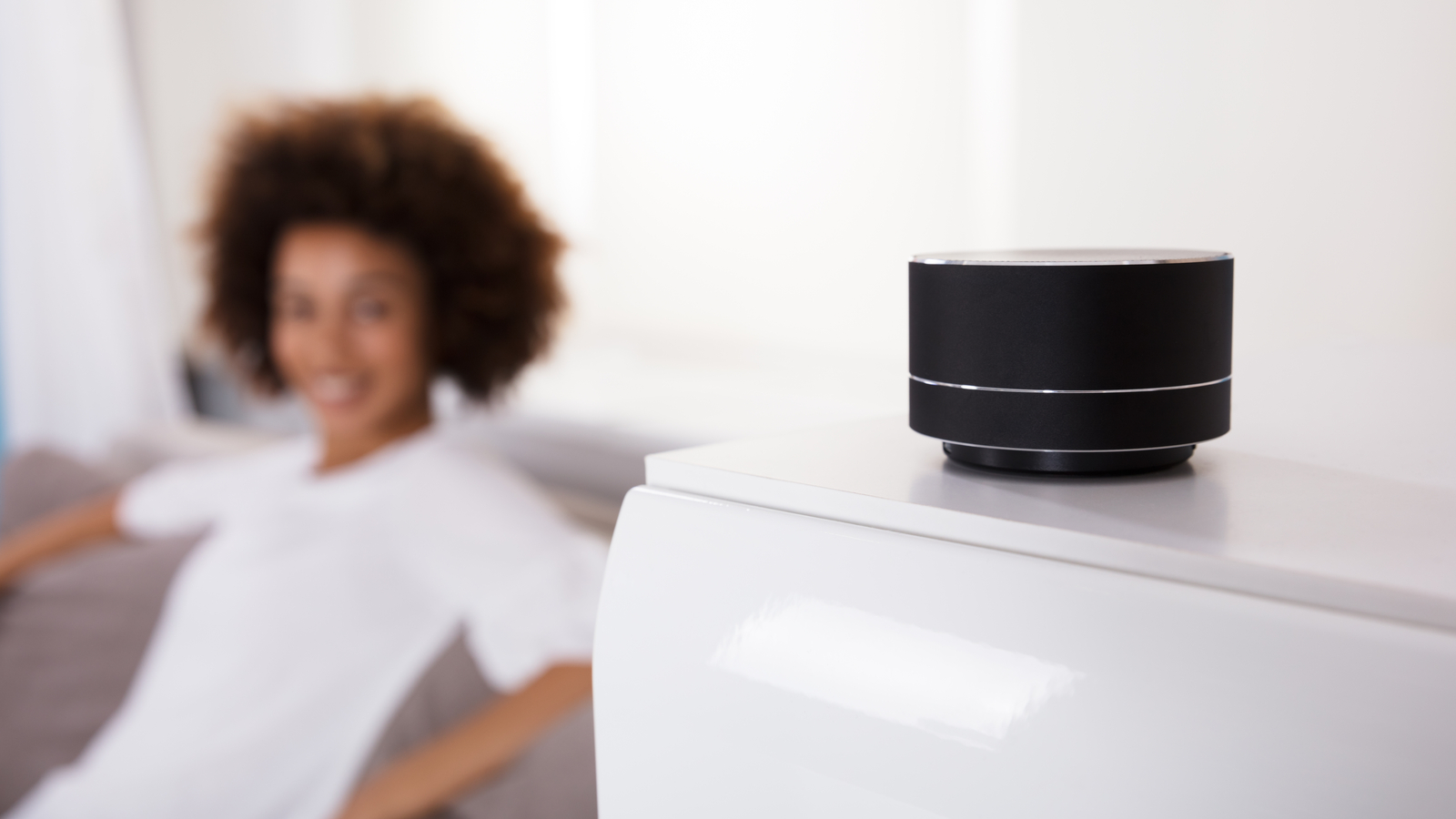The Crazy Cool Future of Smart Home Tech
March 29, 2018
byThe IMBOLDN Editors
-
Tech Gaming History Reloaded: Meet The Intellivision Sprint
Intellivision Sprint = instant nostalgia + plug-and-play simplicity for modern gamers.
-
Tech New M5 MacBook, iPad & Vision Pro Drop—Here’s Why It Matters
The M5 chip delivers insane AI gains to Apple’s newest Pro lineup.
-
Tech Galaxy XR: Samsung’s Bold Answer To Vision Pro
Galaxy XR (Project Moohan) to debut this month with 4K micro-OLED, Gemini, and open XR platform.
-
Tech Fujifilm’s LiPlay+ Combines Dual Cameras And Sound In One Stylish Package
Meet the instant camera that lets your photos speak—literally.
-
Tech From Couch to Cinema: The Best Projectors for Your Home Theater
From ultra-bright lasers to portable projectors, these picks turn any wall into a big-screen experience.

















